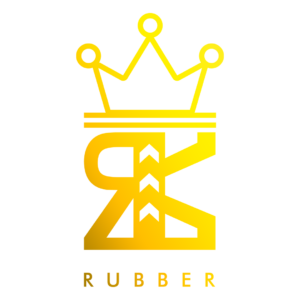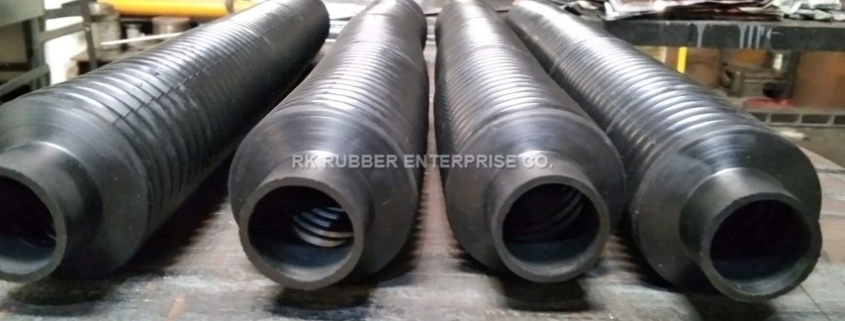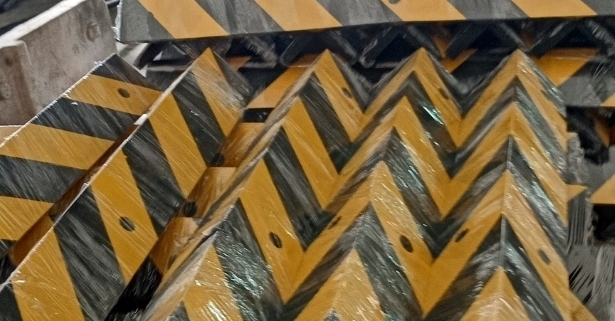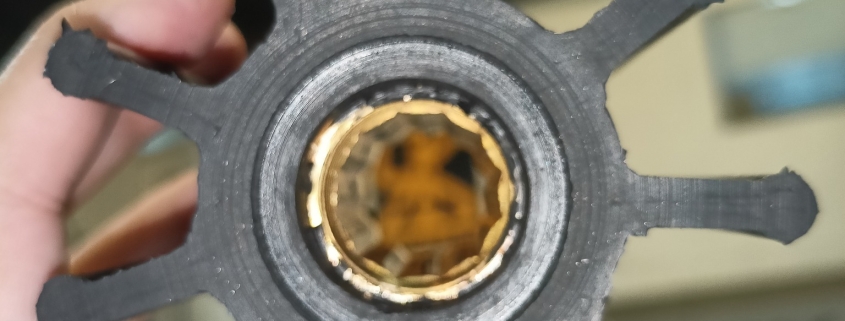Discover The Power Of Fluorosilicone
Fluorosilicone rubber exhibits exceptional chemical resistance and temperature stability. It is a high-performance elastomer with excellent durability and longevity. Chemical stability and resistance reduce maintenance costs and guarantee safety and efficiency. Fluorosilicone’s unique properties make it suitable for harsh environments, and its applications are diverse. Further exploration reveals its potential to drive growth and innovation in various sectors.
Key Points
- Fluorosilicone offers chemical resistance and temperature stability.
- It provides high-performance and durability in harsh environments.
- Fluorosilicone reduces maintenance costs and improves efficiency.
- It has diverse industrial applications and uses.
- Fluorosilicone enhances seal integrity and safety.
Properties and Benefits
As a result of its unique composition, fluorosilicone rubber exhibits a distinct set of properties that make it an ideal material for various industrial applications. Its chemical resistance, temperature stability, and physical resilience are key factors in material selection. The manufacturing process of fluorosilicone rubber involves careful formulation to achieve the desired properties. This results in a high-performance elastomer with excellent durability and longevity. Fluorosilicone rubber’s benefits include resistance to chemicals, water, and UV radiation, making it suitable for harsh environments. Its properties make it a preferred choice in industries requiring high-performance materials. Material selection and manufacturing process are vital.
Chemical Stability and Resistance
Because of its unique molecular structure, fluorosilicone rubber exhibits exceptional chemical stability and resistance, which are critical factors in its suitability for various industrial applications. Its chemical properties make it an ideal material for fluorosilicone applications. Key benefits include:
- High resistance to acids and alkaline chemicals
- Exceptional solvent resistance
- Stability at elevated temperatures up to 200°C. These characteristics contribute to its durability and reliability, making it a preferred choice for demanding environments. Fluorosilicone’s chemical stability and resistance reduce maintenance costs, ensuring the safety and efficiency of industrial operations.
Industrial Applications and Versatility
Fluorosilicone’s industrial uses are diverse, ranging from aerospace and automotive to medical and electronics, where its unique properties and performance capabilities are highly valued. Its sector applications include the manufacture of critical components, such as seals, gaskets, and O-rings, which require high chemical resistance and temperature stability. The product variety of fluorosilicone is extensive, encompassing a broad range of formulations and compounds that cater to specific industrial needs, including fuel-resistant hoses, oil-resistant gaskets, and heat-resistant diaphragms.
Industrial Uses
The unique properties of fluoro silicone have led to its widespread adoption in various industrial sectors, where its durability and resistance to harsh environmental conditions are highly valued. Fluoro silicone is utilized in industrial applications, particularly in manufacturing processes. Key uses include:
- Enhancing seal integrity
- Providing resistance to extreme temperatures
- Ensuring chemical stability in harsh environments. Its versatility and performance capabilities make it a vital material in industrial settings, contributing to efficient and reliable operations.
Sector Applications
As various industrial sectors continue to evolve, fluoro silicone’s unique properties have led to its increased adoption, particularly in applications where durability and resistance to harsh environmental conditions are crucial. Market trends indicate a growing demand for fluoro silicone in aerospace and automotive industries.
| Industry | Application | Benefit |
|---|---|---|
| Aerospace | Seals and gaskets | High-temperature resistance |
| Automotive | Fuel emission system parts | Chemical resistance |
| Medical | Device components | Biocompatibility |
| Electronics | Connectors and cables | Durability and flexibility |
Product Variety
Market demand for fluoro silicone continues to drive innovation, resulting in a diverse range of products that cater to various industrial applications. Product development and material sourcing play essential roles in this process. Key products include:
- Seals and gaskets for high-temperature applications
- O-rings for fuel systems and other industrial settings
- Hoses and diaphragms for oil-resistant and heat-resistant uses. These products demonstrate the versatility of fluoro silicone, highlighting its potential for various industrial applications. Through continued innovation, fluoro silicone is poised to remain a fundamental material in multiple sectors.
Economic Advantages
Fluoro silicone’s exceptional durability and resistance to degradation contribute substantially to its economic advantages, since industries that utilize this material can substantially reduce maintenance and replacement costs over time. This results in significant cost savings, as industries can allocate resources more efficiently. Observing current market trends, the demand for fluoro silicone is increasing due to its ability to provide long-term economic benefits. As a result, industries can capitalize on these advantages, leading to improved profitability and competitiveness in their respective markets. Overall, fluoro silicone’s economic advantages make it a valuable material in various industrial applications.
Future Outlook and Innovations
The ongoing development of fluoro silicone is poised to play a vital role in shaping its future applications, driven by technological advancements and evolving industry requirements. Future innovations will be influenced by market trends, with key areas including:
- Enhanced material properties
- Expanded application scope
- Improved manufacturing processes. As the industry continues to evolve, fluoro silicone is expected to remain an essential material, driving growth and innovation in various sectors. Its unique properties and adaptability make it an ideal candidate for future innovations, aligning with emerging market trends and shaping the future of various industries.
Specific Uses and Applications
Sophisticated industrial applications necessitate materials with unique properties, and fluoro silicone’s characteristics make it an ideal candidate for various specific uses. Fluorosilicone uses include seals, gaskets, and O-rings in aerospace and automotive industries. Its chemical resistance and temperature stability make it suitable for Fluorosilicone applications in chemical processing and oil and gas sectors. Fluorosilicone’s durability and longevity guarantee the longevity of components exposed to harsh environments. Its versatility expands to hoses, diaphragms, and other industrial components, highlighting the significance of Fluorosilicone applications in various industries. Fluorosilicone uses are diverse, making it a valuable material.
Why Choose RK Rubber Enterprise Co. in the Philippines As Your Manufacturing Company
Because of its extensive experience in manufacturing high-quality fluoro silicone products, RK Rubber Enterprise Co. in the Philippines has established itself as a reliable partner for various industries. The company’s reputation is built on its manufacturing expertise, ensuring high-quality products. Key benefits include:
- Enhanced company reputation through partnership
- Access to advanced manufacturing expertise
- Reliable supply of fluoro silicone products, supporting business operations and growth. RK Rubber Enterprise Co. is a trusted choice for industries requiring high-performance fluoro silicone solutions, offering a combination of quality, reliability, and technical expertise.
Frequently Asked Questions
Is Fluorosilicone Safe for Food Contact?
They address concerns about fluorosilicone’s food safety, noting it withstands chemical reactions, ensuring minimal migration and contamination, thereby deeming it suitable for certain food contact applications under strict regulations.
Can Fluorosilicone Be Recycled?
They examine fluorosilicone recycling, exploring silicone reuse possibilities, and assess the feasibility of reprocessing fluorosilicone materials in various industrial applications.
How Is Fluorosilicone Disposed Of?
They note 90% of fluorosilicone waste requires specialized chemical disposal, emphasizing proper waste management to mitigate environmental harm.
Is Fluorosilicone Resistant to Radiation?
They conduct radiation tests to evaluate fluorosilicone’s suitability for nuclear applications, determining its resistance to radiation exposure and potential degradation in harsh environments.
Can Fluorosilicone Be Used Underwater?
They note 80% of fluorosilicone’s uses involve harsh environments, making it suitable for underwater applications, particularly as marine sealants, due to its exceptional chemical resistance and durability.
Conclusion
Fluorosilicone’s versatility is akin to a master key, opening doors to diverse applications. For instance, a single fluoroelastomer seal can withstand 3,000 hours of exposure to 300°C temperatures, exemplifying its exceptional durability, and underscoring its potential to revolutionize industries with unparalleled performance and reliability, much like a precision-crafted instrument.



